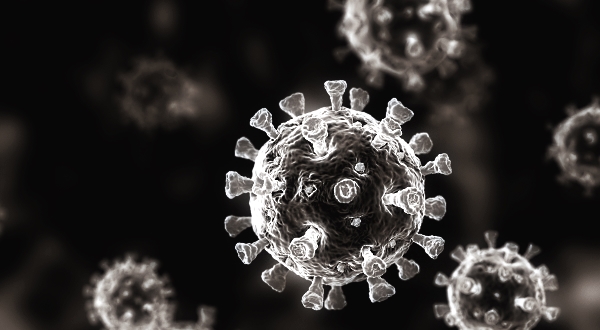Sin Chew Daily
One good news and one bad news in the nation's fight against the coronavirus on Wednesday.
The good news: we inoculated more than 340,000 people on a single day that gave us much hope the virus could be contained one day.
And the bad news was, we reported more than 7,000 new COVID-19 cases with the cumulative total almost hitting the 800k mark. If the R0 value remains above 1.0, we will see our one millionth case 40 days from now, or around mid-August.
By then the world will have more than 200 million reported cases and 4.3 million deaths. At this moment some 4.3 billion vaccine doses have been administered globally, or 54 doses for every 100 people. Some 28% of the world's population has received two doses each.
To achieve the goal of herd immunity, we will need to wait until June 2023 given our vaccination rate now.
Perhaps some may raise the question: what about the upcoming mutant variants? Alpha, Beta, Gamma, Delta and Lambda. Who knows Zeta, Sigma, Omega… more will come in the future?
Such concern is not totally baseless, but we must have faith in our vaccination technologies. Experts will keep developing new vaccines to deal with the virus, and as for people like us, our duty is to get ourselves inoculated, comply with all the SOPs and health protocols, and stay at home unless absolutely necessary to go out.
This war between humanity and the virus will never end. It will only slow down. After that, vaccinated people will have to learn to live with the virus for many more years to come. Perhaps each of us will need an additional dose every year, or who knows after some time new variants will make a surpassing comeback?

Spanish flu ravaged the world for almost three years from January 1918 to December 1920, infecting over 500 million people and killing between 20 and 50 million. It started from H1N1 influenza virus. Two other epidemics that followed took place in Russia in 1977 and the global H1N1 pandemic in 2009.
WHO statistics show that in the 2009 H1N1 pandemic, some 20% of people living in 214 countries could have been infected although the mortality rate was only 0.02%, or 280,000 deaths. By comparison, the mortality rate of COVID-19 is much higher at 2.16% or 108 times that of H1N1. Even with the entire world put under various degrees of lockdowns, there are still 186 million infections with over four million deaths!
In the end, the Spanish flu might just be like another influenza that may come back once again after a number of decades. And COVID-19 will very likely develop in this pattern.
90% of the world's epidemiologists, including the WHO, believe that the virus will not vanish altogether but may be reduced to a more localized epidemic, and we still need to rely on vaccine to keep us safe.
Although the vaccines are only 65% to 95% effective against the virus, we have sufficient evidences to show that vaccination will significantly reduce the incidence of severe infections.
Eventually humans may have to accept the reality that the virus will continue to coexist peacefully with inoculated people. Even though they may get infected, they won't be severely ill and need to be rushed into ICUs.
ADVERTISEMENT
ADVERTISEMENT


































